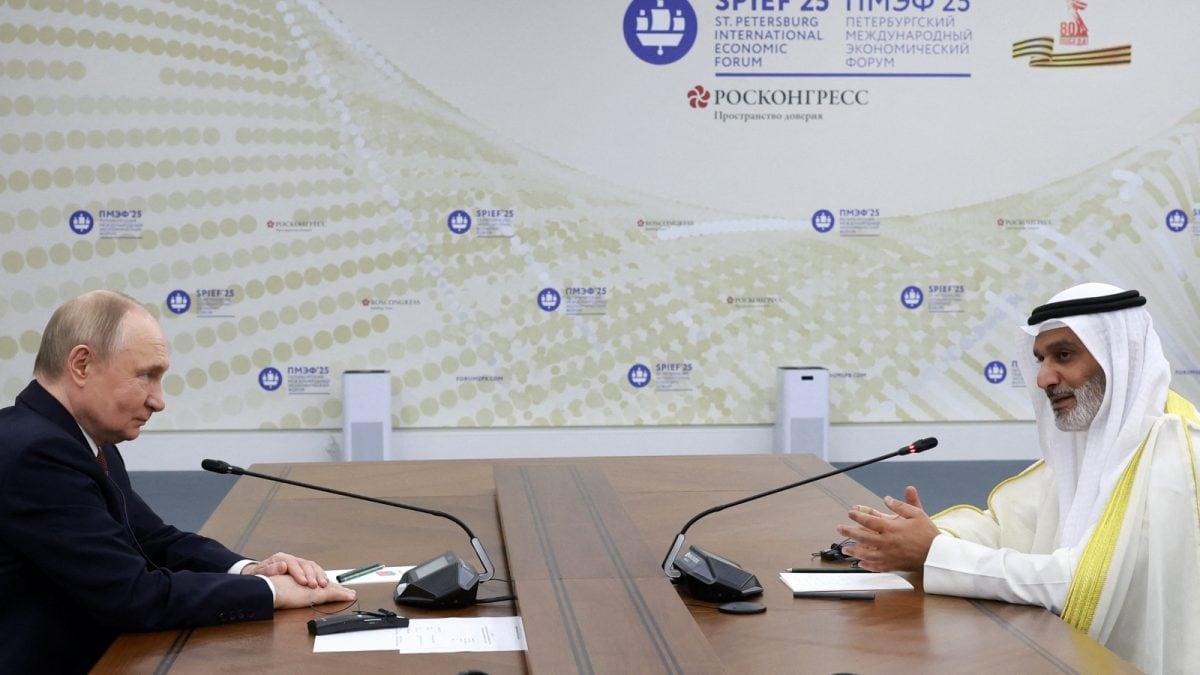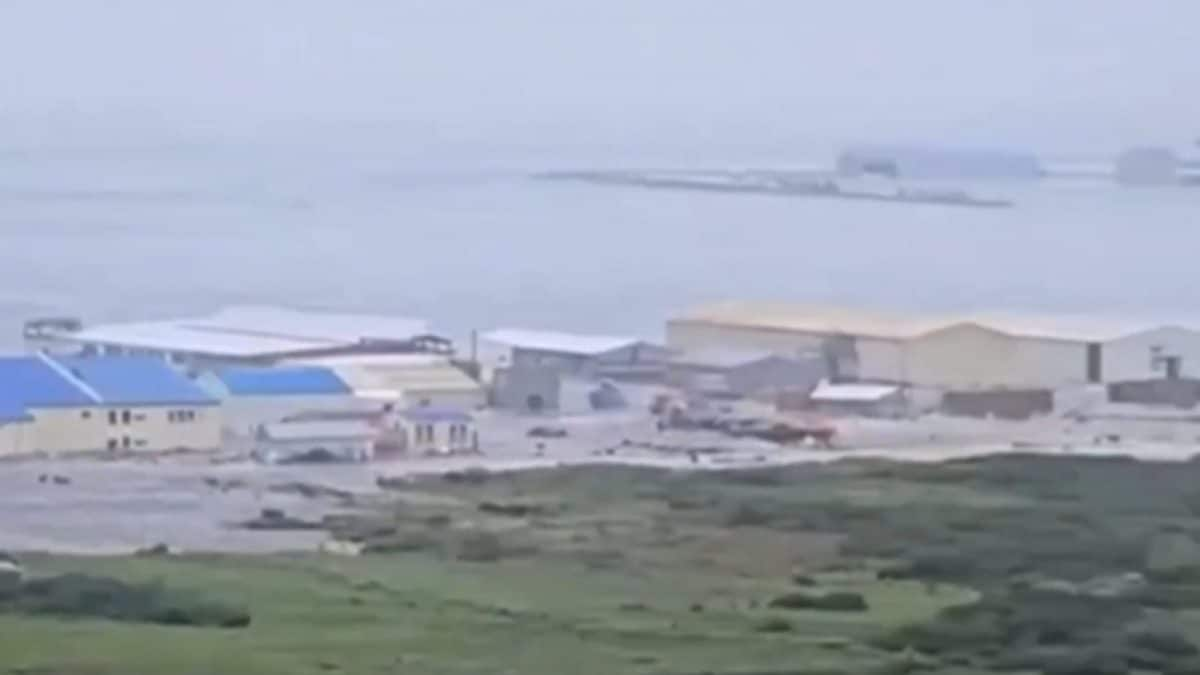Last Updated:June 16, 2025, 14:35 IST
Chinese scientists, led by Professor Chu Yanhui, developed a ceramic that withstands up to 3600 degrees Celsius, surpassing the heat resistance of Western aerospace materials

Chinese scientists have developed an ultra-high temperature ceramic that can survive searing heat up to 3600 degrees Celsius (News18 Hindi)
On a battlefield dominated by supersonic jets and next-generation missiles, the rules of the game are changing – not with a roar, but with a revolution in materials science. While the world marvels at the speed and lethality of fighter jets like the French Rafale or the American F-35, China seems to have made a silent leap far ahead, deep inside its labs, not the skies.
According to a South China Morning Post report, Chinese scientists have developed an ultra-high temperature ceramic that can survive searing heat up to 3600 degrees Celsius, a temperature that would obliterate most existing aerospace materials. This puts even the most advanced Western aircraft and rockets in the shade.
Consider this: the body of the Rafale can handle heat only up to 600 degrees Celsius, and the famed heat shields of SpaceX rockets and NASA space shuttles max out near 1300 degrees Celsius. Beyond that, everything begins to warp, weaken, or melt. But China’s new material? It doesn’t just survive; it thrives.
Developed by a team led by Professor Chu Yanhui at the South China University of Technology, this ceramic compound blends hafnium, tantalum, zirconium, and tungsten, a quartet of metals known for their incredible resistance to heat and oxidation. Together, they form an ultra-stable oxide shield, one that remains structurally intact even when subjected to temperatures that approach the surface of the sun. In lay terms, if this material were used to make a pan, you could drop it into lava and cook dinner on it without it cracking.
The potential applications are staggering. Fighter jets that don’t flinch in dogfights at Mach 5. Spacecraft that don’t need to shed heat shields during re-entry. Hypersonic missiles with noses tough enough to glide through the upper atmosphere without disintegrating. Even advanced semiconductor manufacturing could benefit, where plasma-resistant materials are essential.
But the real marvel isn’t just the material, it’s how they tested it. Traditionally, extreme materials are evaluated in wind tunnels or aboard test rockets, costing millions and risking everything with each trial. Instead, this Chinese team created a laser-powered high-throughput testing system, allowing them to blast a tiny sample with temperatures up to 3800 degrees Celsius and study its response in real-time. No rocket launches. No lab explosions. Just precise, repeatable science – on fast-forward.
In geopolitical terms, this development could be a tectonic shift. The West has long maintained an edge in aerospace engineering, often hinging on material superiority. But this new ceramic might redraw that map entirely. It’s not just about building faster or stealthier jets, it’s about building aircraft that can survive where others fail.
Location :China
First Published:News world Where Rafale And F-35 Might Melt, China's New 'Super-Ceramic' Can Bear 3,600°C

 1 month ago
1 month ago
















